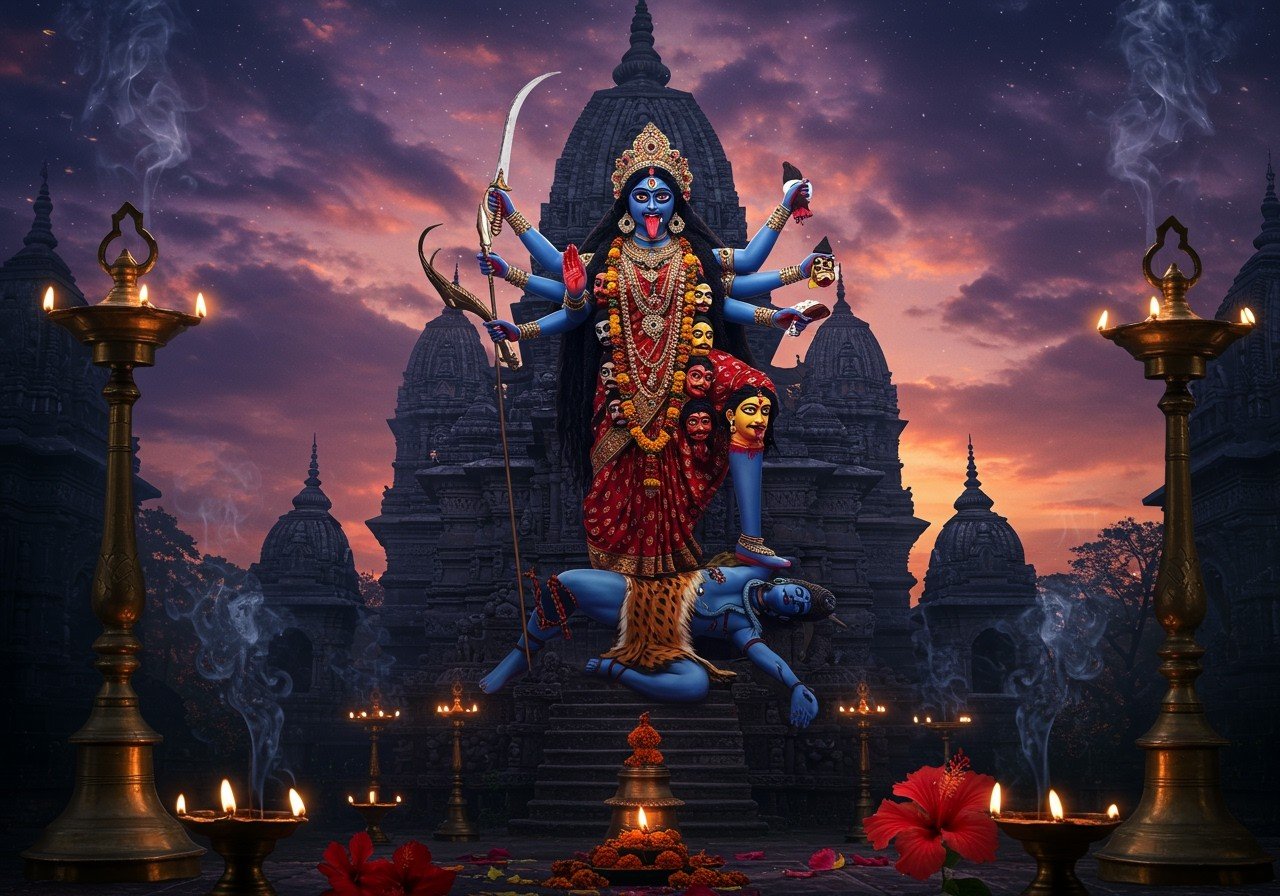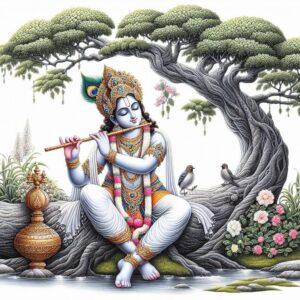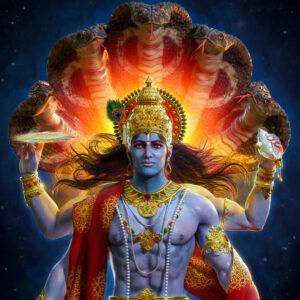
Embark on a spiritual odyssey as we delve into the divine feminine through the sacred Kali temples of India. Uncover the rich history, profound mythology, and cultural significance of Goddess Kali, revered as a powerful deity embodying both creation and destruction. Learn how these temples serve as vital pilgrimage sites, attracting devotees globally who seek blessings, protection, and spiritual awakening.
The Mythology and Significance of Goddess Kali
Unveiling the Origins and Narratives of Goddess Kali
Goddess Kali holds a prominent place in Hindu mythology, often depicted with a fierce appearance, symbolizing her role as a destroyer of evil. Her image incorporates a garland of skulls, a severed head, and an extended tongue, each symbolizing different facets of her power.
- Garland of Skulls: Represents the continuous cycle of life, death, and rebirth, signifying Kali’s role in the cosmic order.
- Severed Head: Symbolizes the destruction of ego and the liberation from worldly attachments, a key aspect of spiritual growth.
- Extended Tongue: Signifies her insatiable hunger for destroying evil and ignorance, protecting her devotees from harm.
Kali is worshipped in various forms across India, such as Dakshina Kali, Shyama Kali, and Maha Kali. Her significance extends to Tantric practices and rituals. Festivals like Kali Puja and Navaratri celebrate her divine presence. In contemporary times, she empowers women and promotes gender equality.
Kripamayee Kali Temple
Exploring Kripamayee Kali Temple
Located in Baranagar, West Bengal, Kripamayee Kali Temple was established by Rani Rashmoni, a devoted philanthropist. The temple showcases intricate terracotta work and traditional Bengali design. Unique rituals and daily worship practices are performed here, making it a vital part of the local community.
- Architectural Features: Intricate terracotta designs adorn the temple, showcasing the rich artistic heritage of Bengal.
- Rituals: Daily prayers and special ceremonies are conducted, providing devotees with opportunities for spiritual connection.
- Cultural Importance: The temple serves as a central hub for local traditions and beliefs, fostering a sense of community and shared faith.
Visitors can readily find practical information, including temple timings and directions. The temple is also renowned for its miraculous events and divine interventions.
Other Significant Kali Temples
Touring Renowned Kali Temples
India is home to numerous significant Kali temples, each possessing its own unique history and cultural importance:
- Dakshineswar Kali Temple (Kolkata): Established by Rani Rashmoni in the 19th century and associated with Ramakrishna Paramahamsa.
- Kalighat Temple (Kolkata): One of the 51 Shakti Peethas, believed to be the spot where the toe of Sati fell. This temple is a major pilgrimage site.
- Kamakhya Temple (Assam): A center for Tantric worship and fertility rites, attracting devotees seeking blessings for progeny.
- Chamunda Devi Temple (Himachal Pradesh): A significant site dedicated to the goddess Kali, known for its powerful energy and spiritual significance.
These temples stand as important spiritual and cultural landmarks, drawing numerous devotees.
Rituals and Practices in Kali Temples
Delving into Rituals and Practices
Kali temples observe various rituals and practices that hold deep spiritual meaning. Offerings such as flowers, fruits, and sweets are common.
In some temples, animal sacrifice is practiced, reflecting historical traditions. Tantric rituals are also significant in invoking the goddess’s power and blessings. Daily aarti (prayer) ceremonies play a crucial role in connecting devotees with the divine. Festivals like Kali Puja, Diwali, and Durga Puja are celebrated with fervor. Devotees share personal experiences of spiritual journeys and encounters with Goddess Kali. Visitors are encouraged to participate respectfully in these rituals.
Cultural Impact and Modern-Day Relevance
Examining Cultural Impact
Kali worship has profoundly impacted Indian society. Art, literature, and popular culture depict her in various forms. Traditional paintings, modern films, and music celebrate her essence. Social and political movements also draw inspiration from her symbolism.
Contemporary interpretations of Kali’s symbolism resonate with feminist and activist circles. There is a resurgence in goddess worship, highlighting spiritual and cultural revival. Kali temples promote tourism and preserve cultural heritage. Ongoing efforts ensure these historical sites are maintained and restored. Goddess Kali remains relevant today, offering strength, protection, and transformation to devotees worldwide.
Poojn.in: Your Companion on Your Spiritual Journey
Enhance your Kali Puja with Authentic Products from Poojn.in
Poojn.in, India’s leading online store for cultural and religious goods, offers a wide selection of products to support your devotion to Goddess Kali. Find everything you need for a fulfilling Kali Puja, from diyas and incense to statues and malas.
- Brass Diyas: Illuminate your altar with beautifully crafted brass diyas, perfect for aarti and offerings.
- Alta: Adorn your hands with traditional alta, adding a touch of auspiciousness to your puja.
- Kali Murtis: Bring the divine presence of Kali into your home with exquisitely crafted murtis.
- Asanas: Create a sacred space for your puja with comfortable and traditional asanas.
Visit poojn.in today and explore our extensive collection of puja essentials. Make your spiritual journey even more meaningful with authentic and high-quality products.


